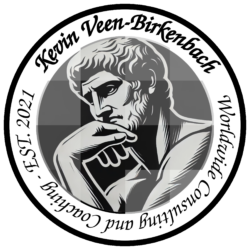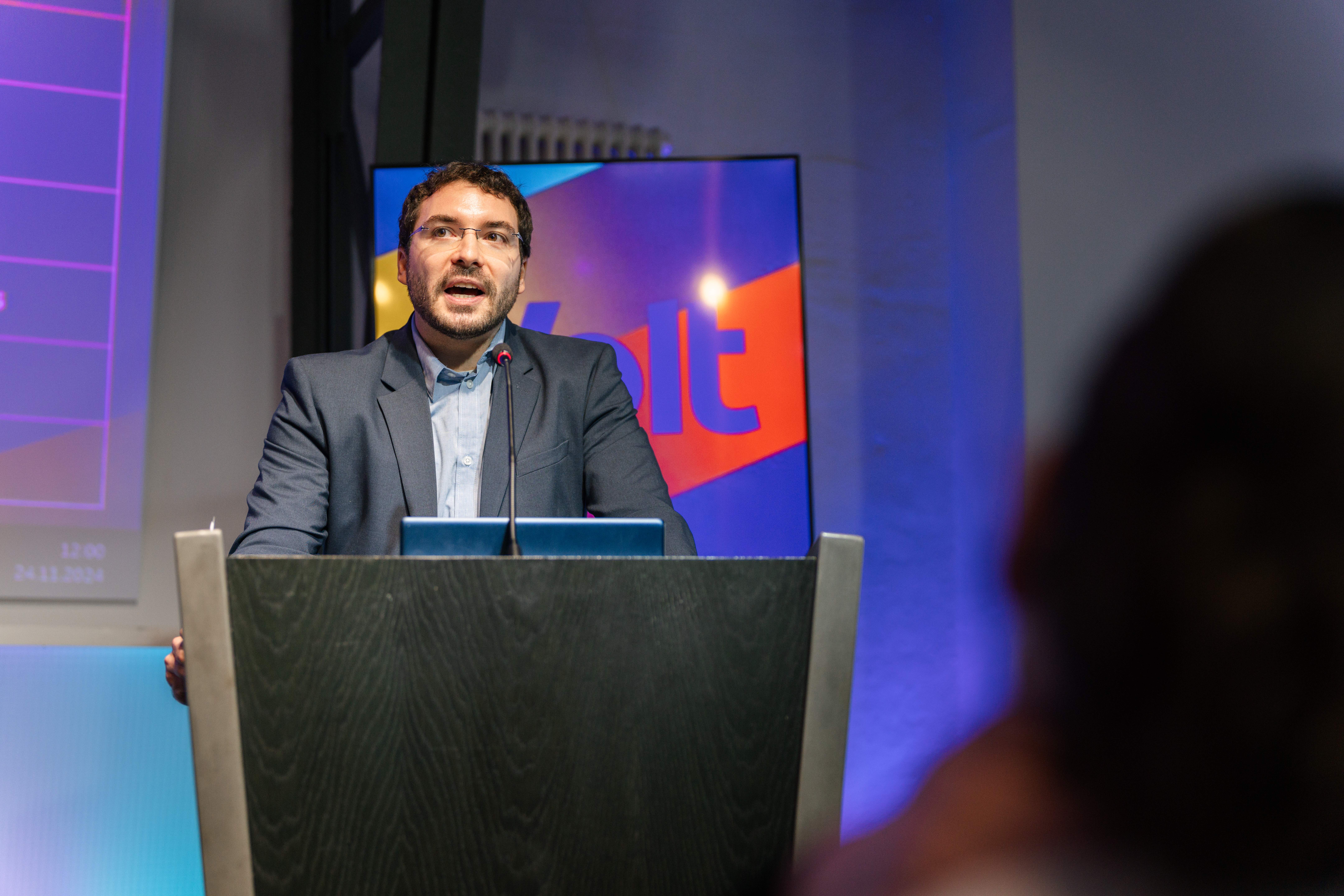-
🛡️ KeePassXC + CyMaIS Cloud: The Ultimate Guide to Cross-Device Password Security

Hey there! 👋Are you still using the same password everywhere? Or maybe storing your logins in a browser? 😬 It’s time to level up your security game — without making your life harder. In this guide, I’ll show you how to: Continue reading
2FA password manager, CyMaIS Cloud, free password cloud, KeePass, KeePass mobile, KeePassXC, KeePassXC 2FA, KeePassXC Android, KeePassXC authenticator, KeePassXC AutoFill, KeePassXC Browser Integration, KeePassXC Chrome, KeePassXC Cloud Sync, KeePassXC Firefox, KeePassXC for newbies, KeePassXC guide, KeePassXC iPhone, KeePassXC Linux, KeePassXC macOS, KeePassXC Nextcloud, KeePassXC Tutorial, KeePassXC Windows, manage passwords securely, Nextcloud KeePassXC, Nextcloud password sync, open source password manager, password manager, password manager for beginners, privacy-focused password manager, recommended password manager, secure password storage, sync password database, two-factor authentication, use KeePassXC with cloud -
Running Two Manjaro Installations Side by Side 🚀
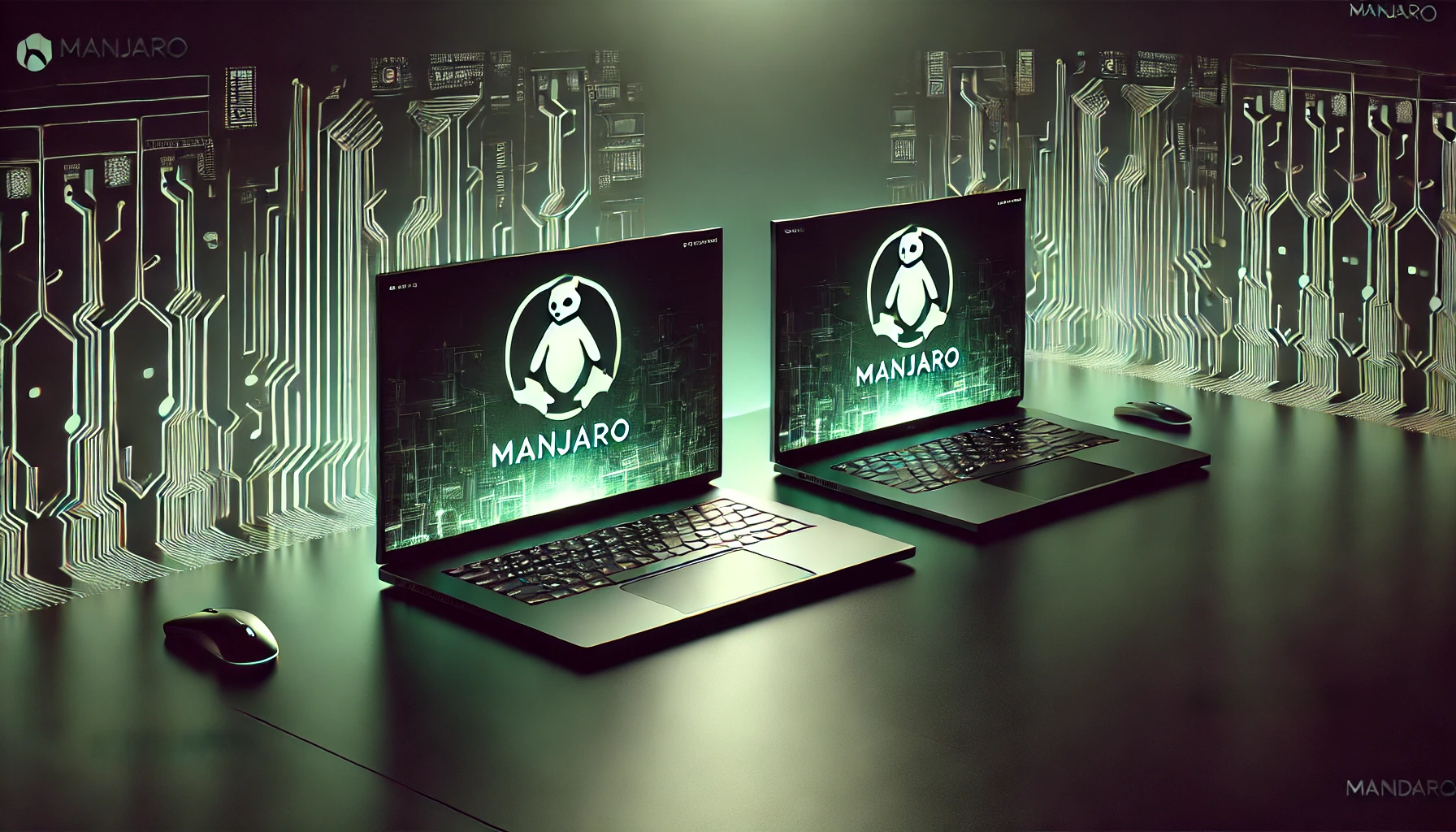
Introduction Are you interested in testing different setups or simply exploring the power of Manjaro without affecting your main system? In this post, I’ll show you step-by-step how to install two Manjaro systems on one computer and configure GRUB to let you choose which one to boot into. Let’s get started! 😊 Continue reading
-
🚀 How to Update GRUB and Regenerate Initramfs from a Manjaro Live USB System 🐧
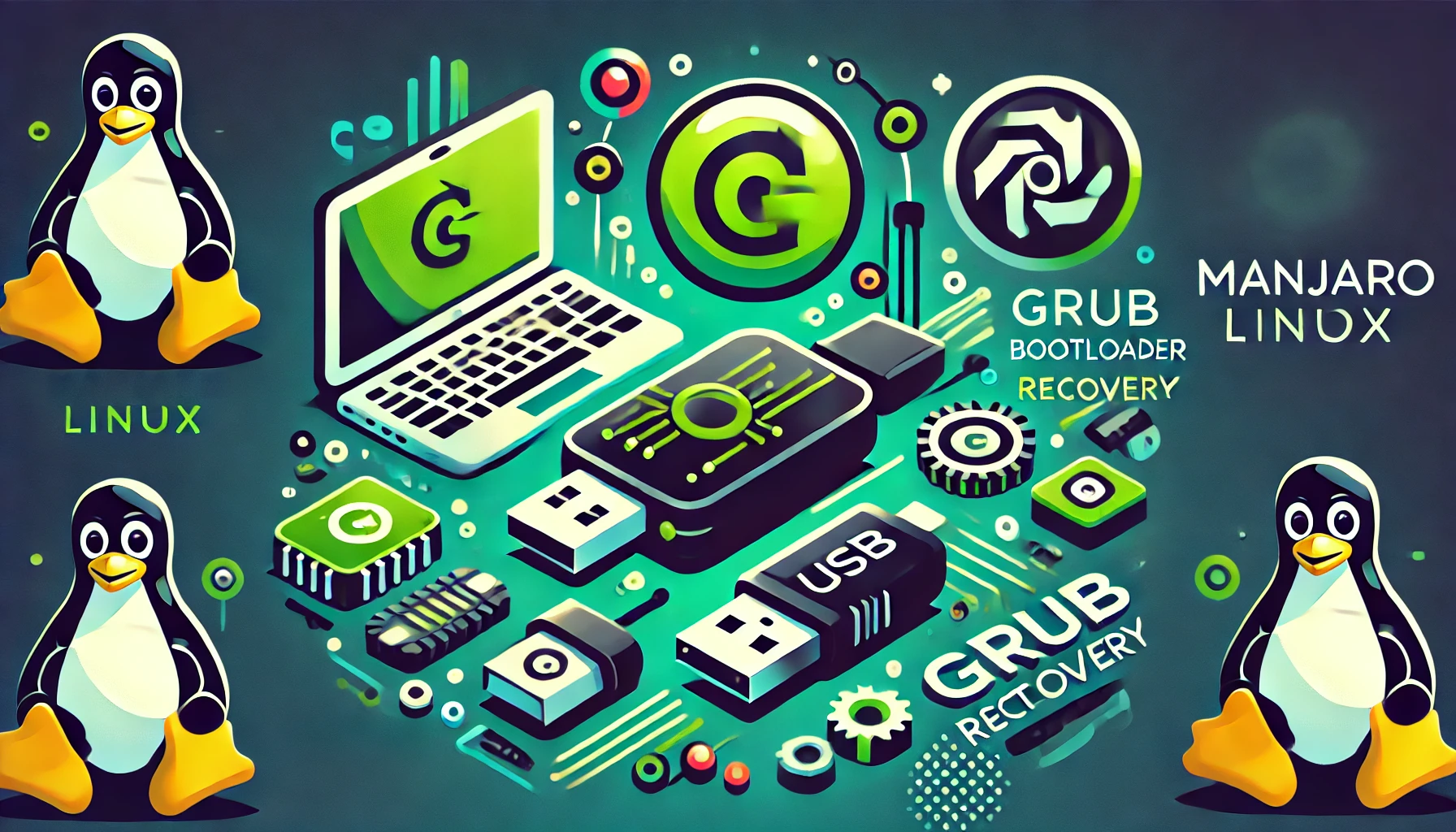
Sometimes things break—it’s Linux life! 💻 Maybe your Manjaro installation isn’t booting correctly after an update or some system tweaks. Don’t panic! You can easily fix boot-related issues using your Manjaro Live USB stick. Here’s how you can update your GRUB bootloader and regenerate your initramfs directly from a Manjaro Live USB. Let’s dive in!… Continue reading
-
Kevin’s March’25 Status Report
Hey folks, here is an overview about what happened in the last month and what is planned for the upcoming year. Continue reading
-
The Challenge of Finding True Agile Experts
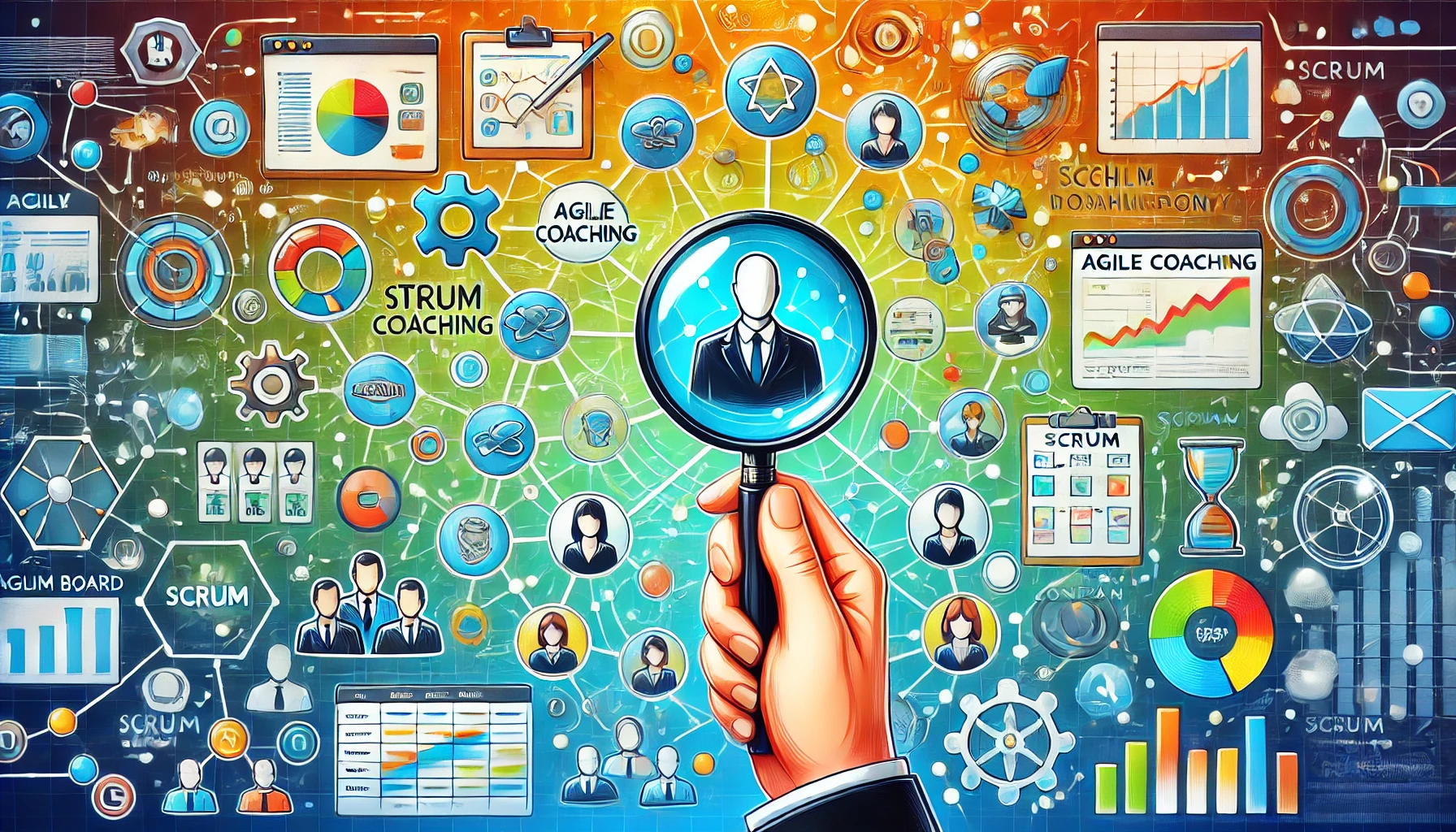
A long time ago, when I was a junior Scrum Master, my Chief Agile Coach posed a thought-provoking question:“If you had a limited budget, would you hire a Scrum Master or a Software Engineer?” At the time, I replied, “A Software Engineer, because they produce measurable output.” Now, years later, I reflect on that conversation… Continue reading
Acceptance Criteria, Agile, Agile Challenges, Agile Coach, Agile Expertise, Agile Market, Agile Methodologies, Agile Practices, Agile Transformation, Azure DevOps, Coaching, Conflict Resolution, Confluence, Cost of Delay, Definition of Done, Definition of Ready, DevOps, Effort Estimation, Jira, Kanban, Mediation, Mission, Nexus, OKRs, Prioritization, Product Owner, Retrospectives, SAFe, Scaled Agile, Scrum, Scrum Master, Spotify Model, Strategy, Team Topologies, Value Estimation, Vision, Waterfall vs Agile -
Adventure Talks – São Miguel
Hey everyone! It’s been on my bucket list forever, but the time has come—I’m finally doing it! Introducing “Adventure Talks”: a chill hangout where I invite friends and fellow adventurers (on-site or remotely) to chat about our wild, hilarious, and sometimes downright ridiculous escapades. The vibe? Super relaxed, unscripted, and just a tad chaotic—because life’s… Continue reading
-
Fall Tour’24 🏍️⛵️✈️🛳️

The following tables include the draft plan for my Fall-Tour’24 Continue reading
